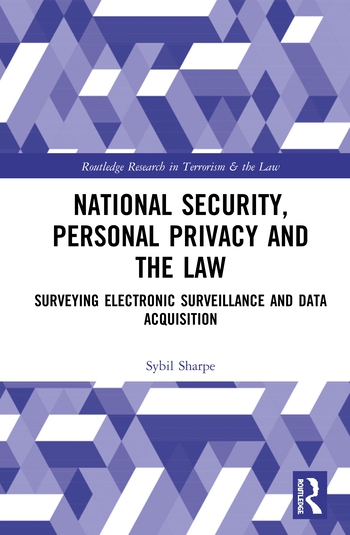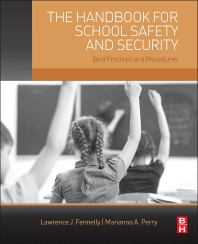Even When the Reaction Fails

At ASIS International 2011 this month, thousands of security professionals will talk business, budgets, technology, threats and the need to keep one step ahead.
One step ahead of whom and what is the challenge that makes reactive the unfortunate fallback.
Before April 19, 1995, few people would have figured that NH4NO3 or ammonium nitrate, a white crystalline solid at room temperature and standard pressure and commonly used in agriculture as a high-nitrogen fertilizer, would be a terrorist’s weapon.
Then Timothy McVeigh knew and acted, killed 168 people and we all reacted.
In another incident, a crude car bomb discovered in New York’s Times Square was found to contain gasoline, propane and fertilizer, according to police. Fortunately, the would-be bomber used a type of fertilizer that is not explosive.
More recently, it was Anders Breivik, who used the same weapon to kill some of the 77 people who died by his hands in Norway.
Action and now reaction.
Early last month, more than 15 years after that fertilizer bomb blew up a government building in Oklahoma City, the U.S. government has finally proposed to regulate the sale and transfer of ammonium nitrate. The proposal comes nearly four years after Congress gave the Department of Homeland Security (DHS) the authority to develop a program to regulate the compound.
Securing Dangerous Chemicals
The Secretary of Homeland Security Janet Napolitano published the DHS Notice of Proposed Rulemaking on the Federal Register for the creation of the Ammonium Nitrate Security Program, part of the department’s ongoing efforts to secure potentially dangerous chemicals and ensure those chemicals do not fall into the hands of those who could cause harm.
There is still an anticipated pushback from some conservative groups, which oppose additional government regulations, and farmers. But a handful of countries have outlawed its sale all together. Afghanistan, for one, banned ammonium nitrate, which was often used in bombs targeting American soldiers.
The bombing of the Alfred P. Murrah Federal Building in downtown Oklahoma City was the most destructive act of terrorism on American soil until the Sept. 11, 2001 attacks. In addition to the tragic loss of life, including the killing of 19 children under the age of 6, the attack destroyed or damaged 324 buildings within a 16-block radius, destroyed or burned 86 cars and shattered glass in 258 nearby buildings. Security experts estimate the incident caused at least $652 million worth of damage.
Six months after the bombing, then President Bill Clinton issued Executive Order 12977, creating the Interagency Security Committee (ISC) to address continuing government-wide security for federal facilities. Prior to 1995, minimum physical security standards did not exist for nonmilitary federally owned or leased facilities. At the time of the bombing, Murrah had just one security officer.
Setting the Baseline
Chief security executives from 49 federal agencies and departments make up the ISC membership. The Physical Security Criteria for Federal Facilities establishes a baseline set of physical security measures to be applied to all federal facilities and provides a framework for the customization of security measures to address unique risks at a facility. The PSC covers all buildings and facilities in the United States occupied by federal employees for nonmilitary activities, including existing buildings, new construction, or major modernizations; facilities owned, to be purchased, or leased; stand-alone facilities, federal campuses, and where appropriate, individual facilities on federal campuses; and special-use facilities.
Also as a result of the bombing, Congress passed the Antiterrorism and Effective Death Penalty Act of 1996, which tightened the standards for habeas corpus in the United States as well as legislation designed to increase the protection around federal buildings to deter future terrorist attacks.
Action and reaction.
By the way, McVeigh was executed in June 2001. Breivik? Well, Norway law, at this time, limits this mass murderer to no more than a total sentence to 21 years. That’s for killing 77 people.
Looking for a reprint of this article?
From high-res PDFs to custom plaques, order your copy today!








